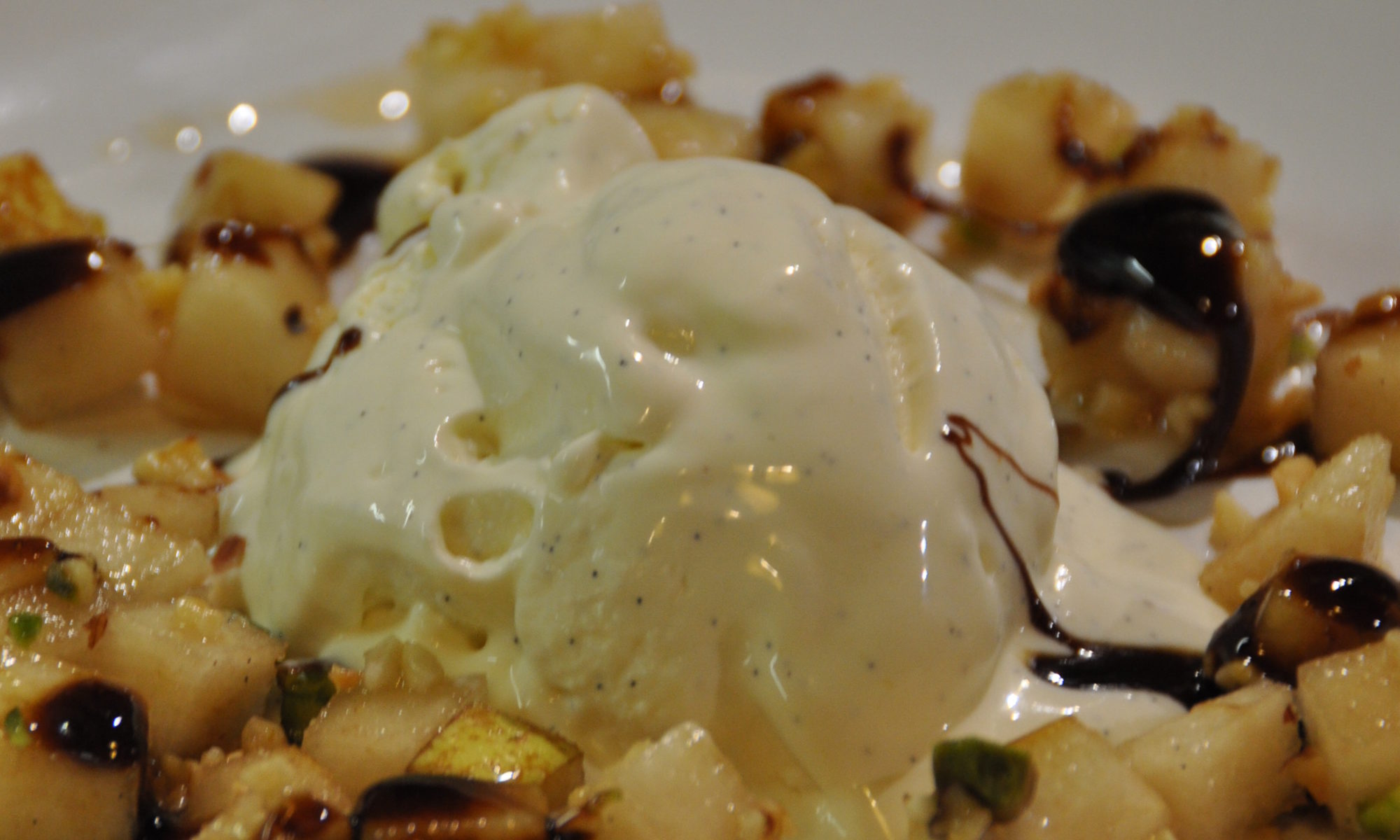 We can’t forget the Chisimath, a brilliant but sadly long gone local Singaporean restaurant, best remembered for their friendly service and their salt and pepper squid.
We can’t forget the Chisimath, a brilliant but sadly long gone local Singaporean restaurant, best remembered for their friendly service and their salt and pepper squid.
Mine aren’t as good but they can be so nice that you may not want to stop eating them. Nothing wrong with a piece of nice bread, a plate of shallow-fried salt-and-pepper squid and a poached egg.
This needs everything at the ready, as cooking happens all at the same time, and only takes minutes.
Clean and trim the squid (I use frozen baby squid and always have some in the freezer). Cut into rings the width of your index finger, leave the tentacles intact but seperate. Drain on kitchen towel. Set aside.
Cut a thick slice of nice sourdough or Rye bread per person. Rub very generously with garlic, then tomatoe, then olive oil. Set aside.
Mix one spoon of corn flour and white wheat flour on a plate.
Prepare one egg white on another plate.
Prepare the spice mix on the thrid plate: a spoon of salt and crushed black pepper, 1/4 crushed celery seeds. A tablespoon of finely chopped red chilly and spring onions each. Mix together.
Get the griddle going and toast your bread nicely. When ready, briefly drain on kitchen tissues.
Bring a small pot of water to the boil, add a splash of vinegar and turn down the heat until it just stops boiling.
Heat a generous amount of olive oil in a frying pan – about as deep as your little finger is thick. Get it pretty hot but not smoking.
Crack an egg into the no longer boiling water.
Now toss the squid in flour, then egg white, then spices. Fry in the hot oil. Since this isn’t a deep fryer, you need to move the pieces a little to prevent them from sticking. Just be gentle. The whole thing takes 3…4 minutes; the squid should start to take on a little colour but still be soft and tender.
Briefly drain squid, egg and bread on kitchen tissue, then plate up. Add some capers for extra kicks and some Balsamic reduction for the good looks.









 Croque Monsieur is a ham and cheese toasted sandwich. Croque Madame is the same, with an added fried egg on top.
Croque Monsieur is a ham and cheese toasted sandwich. Croque Madame is the same, with an added fried egg on top.

 Spanakopita is a Greek spinach tarte. This is a slightly up-market version: instead of a flat tarte with a varying degree of density, soggyness and puffyness, our open Spanakopita is baked as a stand-up roll of filo pastry with the traditional spanakopita filling of spinach, feta cheese and pine kernels.
Spanakopita is a Greek spinach tarte. This is a slightly up-market version: instead of a flat tarte with a varying degree of density, soggyness and puffyness, our open Spanakopita is baked as a stand-up roll of filo pastry with the traditional spanakopita filling of spinach, feta cheese and pine kernels.






 Herring Salad is one of those dishes I never quite like when I think of it. But when it is prepared, refreshing and chilled, a feast for the eye and a variety of textures and flavours, I just cannot get enough of it. Just look at it!
Herring Salad is one of those dishes I never quite like when I think of it. But when it is prepared, refreshing and chilled, a feast for the eye and a variety of textures and flavours, I just cannot get enough of it. Just look at it!






 A Caldeirada is a one-pot fish stew, simple yet rewarding.
A Caldeirada is a one-pot fish stew, simple yet rewarding.






 Sopa Espirito Santo is one of those quick one-pot wonders which warm body and soul and, for us, bring back lovely memories of the Azores from way-back-then.
Sopa Espirito Santo is one of those quick one-pot wonders which warm body and soul and, for us, bring back lovely memories of the Azores from way-back-then.



 This is based on a recipe published by Michel Roux Jr. It takes some time to make. We think it’s worth the extra effort, but not everyone may agree.
This is based on a recipe published by Michel Roux Jr. It takes some time to make. We think it’s worth the extra effort, but not everyone may agree. Here’s our variation of Michel Roux Jr’s pork pies.
Here’s our variation of Michel Roux Jr’s pork pies.





 I don’t take credit for this recipe; credit goes to
I don’t take credit for this recipe; credit goes to 




 Nothing beats a freshly churned ice cream, but these Parfaits come pretty damn close. The best thing is that they can be done and dusted a couple of hours earlier, or even a day or two before the event, so you don’t have to worry about anything at all during the meal, or after main course has been served.
Nothing beats a freshly churned ice cream, but these Parfaits come pretty damn close. The best thing is that they can be done and dusted a couple of hours earlier, or even a day or two before the event, so you don’t have to worry about anything at all during the meal, or after main course has been served.



